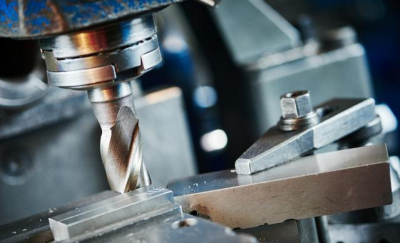02
2022
-
06
What are the ways to improve the performance of cemented carbide
Cemented carbide, as the "teeth of industry", is an indispensable material for modern tools. Its application is increasingly widespread, and it is very popular in many fields such as oil and gas, coal mining, fluid control, construction machinery, aerospace and so on. So, how to use limited resources to improve efficiency? This requires improving the performance of cemented carbide to improve service life and work efficiency.

1.Improve the quality of raw materials.
A. Improve the purity of raw materials
It is believed that trace elements such as Na, Li, B, F, Al, P, K and other trace elements with a content below 200PPm have varying degrees of influence on the reduction , carbonization and sintering of cemented carbide of N powder, And the effect on the properties and structure of the alloy is also worth studying.For example, alloys with high strength and high impact toughness (such as mining alloys and milling tools) have high requirements, while continuous cutting tool alloys with low impact load but high machining accuracy do not require high raw material purity.
B. Control the particle size and distribution of raw materials
Avoid oversized particles in carbide or cobalt powder raw materials, and prevent the formation of coarse carbide grains and cobalt pools when the alloy is sintered.
At the same time, the particle size and particle size composition of raw materials are controlled to meet the needs of different products. For example, cutting tools should use tungsten carbide powder with a Fisher particle size less than 2 microns, wear-resistant tools should use 2-3 microns tungsten carbide powder, and mining tools should use tungsten carbide powder larger than 3 microns.
2. Improve the microstructure of the alloy.
Ultrafine Grain Alloy
The grain size of carbide is less than 1μm, and it can have high hardness and toughness at the same time.
Heterogeneous Structural Alloys
Heterogeneous structure alloy is a special variety of cemented carbide with uneven microstructure or composition, which is made by mixing two kinds of mixtures with different components or different particle sizes. It often has the high toughness of coarse-grained alloys and high wear resistance of fine-grained alloys, or both high toughness of high cobalt alloys and high wear resistance of low cobalt alloys.
Superstructural Alloys
Through a special production process, the structure of the alloy is composed of oriented anisotropic tungsten carbide single crystal flake regions linked by cobalt-rich metal veins. This alloy has outstanding wear resistance and extremely high durability when subjected to repeated compression shocks.
Gradient Alloy
Alloys with gradient changes in composition lead to gradient changes in hardness and toughness.
3. Improve or select new hard phase and bonding phase.
4. Surface hardening treatment.
Solve the contradiction between wear resistance and toughness, hardness and strength of cemented carbide.
Coating: Deposit a layer of TiC or TiN on the surface of hard alloy with better toughness by physical or chemical methods to increase the wear resistance of the alloy.
At present, the most rapid development of boronizing, nitriding, and electric spark deposition is the coated cemented carbide.
5. Adding elements or compounds.
6. Heat treatment of cemented carbide.
RELATED NEWS
Zhuzhou Chuangde Cemented Carbide Co., Ltd
Add215, building 1, International Students Pioneer Park, Taishan Road, Tianyuan District, Zhuzhou City
SEND US MAIL
COPYRIGHT :Zhuzhou Chuangde Cemented Carbide Co., Ltd
Sitemap
XML
Privacy policy
















